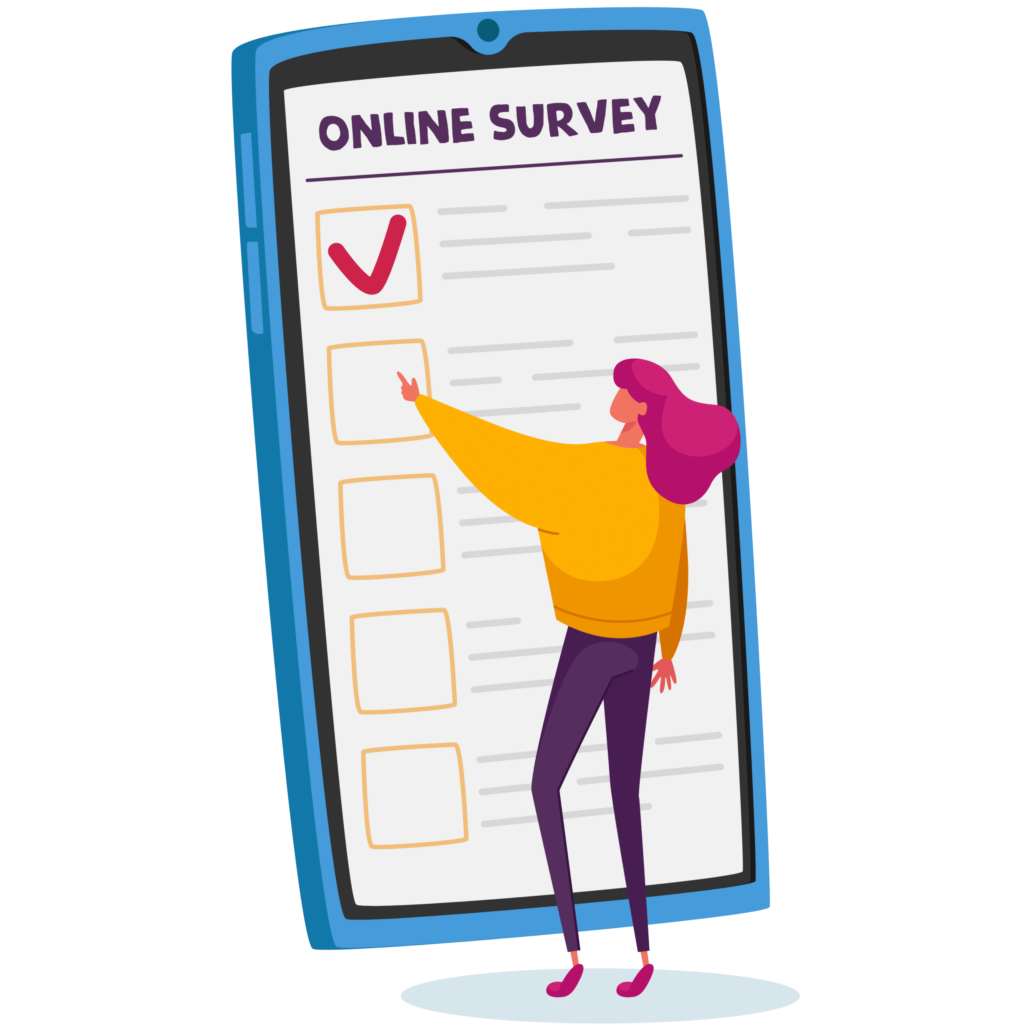If you want to read your customers’ minds, you have to understand how they feel. Learn how sentimental analysis is the key to understanding your market.
Emotional value might not be the first thing that comes to mind regarding web scraping, but it can become a precious asset for your business with a bit of strategic thought. By taking into account the emotional states of your customers and site visitors, you can gain deep insights into their motivations and preferences. Armed with this data, you can then make decisions to increase customer loyalty and website engagement.
It may not sound easy, but with the help of some simple tools and techniques, it’s well within your reach.
This post will explore some of the best ways to collect and analyze emotional data from the web. We’ll also look at some practical applications for this information and show you how to put it to use in your own business.
Let’s get started!
What is sentimental analysis?
Sentimental analysis is a form of data mining that deals with extracting sentimental information from text data. It’s helpful in various tasks such as automatic summarization, text classification, and opinion mining.
You can usesSentimental analysis in marketing, where understanding the emotions that a customer feels about a product can help design better marketing campaigns. You can use sentimental analysis to understand customer feedback and determine whether customers are satisfied with a product or service.

One of the main applications of sentimental analysis is to determine the emotions expressed in a document automatically. This is done by identifying words and phrases associated with specific emotions. For example, the term “happy” is often associated with positive emotions, while the word “death” is often associated with negative emotions.
Types of sentimental analysis.
You can categorize sentimental analysis in different ways. Some may talk about text analysis, emotion detection, and opinion mining–and they wouldn’t be wrong. However, there are three common ways to analyze sentiment.
Intent Analysis
Intent analysis is the process of extracting the user’s intent from a sentence or a group of sentences. The main goal of intent analysis is to extract the user’s intention from text and enable computers to understand human communication. After the extraction of the user’s intention, there are different ways that this information can be used. Some applications use it for task completion, others for providing recommendations or performing natural language processing tasks.
Aspect-Based
Aspect-based sentiment analysis (ABS) is a technology that analyzes text for sentiment by identifying the opinion expressed within specific aspects of the text, such as attitude toward people, products, or services. It identifies and isolates the sentiment in a text without relying on predefined words or categories.
Fine-Grained Sentiment Analysis
Also known as graded sentiment analysis, this technique assigns a sentiment score to a text, with scores ranging from 0 (negative) to 1 (positive). The advantage of using a fine-grained sentiment analysis approach is that it can more accurately capture the nuance of sentiment in a text. For example, if a text is only marginally positive, a sentiment score of 0.5 might be more accurate than a score of 1. One downside of using a fine-grained sentiment analysis approach is that it can be more computationally expensive than other approaches.
How can sentimental analysis benefit your business?
Sentimental analysis, also known as sentiment analysis, is the process of automatically identifying and categorizing the attitude of a text. It has been used for many years by search engines to determine the overall tone to return more relevant search results. However, in recent years, businesses have used sentiment analysis more and more to understand the public’s perception of their brand.
There are many benefits to using sentiment analysis for businesses. The most obvious benefit is that it can help you understand how customers feel about your brand. You can use this information to make strategic decisions about improving customer satisfaction and loyalty.
Sentiment analysis can also help you understand how different groups of people perceive your brand. For example, you may find that customers in a particular region have a more negative opinion of your brand than others. This information can help you better tailor your marketing strategy to appeal to specific audiences.

Finally, sentiment analysis can help you track the effectiveness of your marketing campaigns. You can see whether or not your campaigns are resonating with customers and make changes accordingly.
How to extract sentiment from the web.
Text analytics is the process of understanding the meaning of the text. It can extract sentiment (positive, negative, or neutral) from a piece of text. This is a valuable tool for businesses that want to understand how customers feel about their products or services.
There are several different ways to extract sentiment from text. The most common approach is to use natural language processing (NLP) algorithms. These algorithms analyze the words in a text and determine the sentiment based on the context of the sentence.
1. Use Survey Tools to Gather Feedback
One of the simplest ways to gather emotional data is through surveys. By asking your customers or site visitors about their feelings and motivations, you can clearly understand what matters most to them. You can use this information to make strategic decisions about website design, content, and marketing initiatives.

Many different survey tools are available, but one of our favorites is SurveyMonkey. It’s easy to use and offers various features to gather rich data about your respondents. You can create surveys with questions that probe into people’s emotional states and then use that data to inform your decisions moving forward.
2. Analyze Social Media Data
Social media data provides another way to understand your customers’ emotional states. Platforms like Twitter and Facebook offer insights into what people are talking about, how they’re feeling, and what topics they’re interested in. Tools like Sprout Social make it easy to gather this data and track it over time.

3. Use Qualitative Data Analysis Tools
Qualitative data is vital for understanding the emotions that drive customer behavior. Tools like NVivo and ATLAS.ti help you analyze text-based data, providing insights into customer motivations and feelings. These tools allow you to see relationships between different pieces of data and extract key insights that can guide your business decisions.

4. Conduct Customer Interviews
Customer interviews offer customers a way to ask about their thoughts and feelings directly. This approach can provide rich data that you can use to understand customer needs and desires. You can use interview transcripts to create persona profiles, which will help you design products and services that meet customer needs.

5. Use Online Forums and Discussion Boards
There are tons of online forums and discussion boards out there related to your industry. Use these platforms to connect with other professionals, ask for advice, and learn from their experiences.
By participating in these forums and discussion boards, you can build relationships with other professionals and get valuable insights that will help you grow your business.

Web scraping sentimental data.
There are a few ways to go about collecting sentimental data. The most common way is to use sentiment analysis algorithms to scan through social media posts and track the positive or negative tone of the text. This approach is effective, but it can be expensive and time-consuming.
A cheaper and easier way to collect sentimental data is to use web scraping techniques. Web scraping is a technique employed to extract data from websites. The data can be in the form of text, images, or Html. Web scraping is commonly used to extract data from online stores to create a product catalog or gather information on prices and product availability.
How to safely extract emotions.
Emotions can be volatile, so it’s better to keep some distance by using proxies. Actually, there’s no danger, but residential proxies do help prevent IP bans and allow you to scrape data at scale. You don’t have to worry about triggering any alarms if you implement proxy rotation.
To learn more about proxy rotation and web scraping, stop by our blog again to discover the top web scraping tools and how residential proxy rotation is your new secret weapon against IP blocking.


